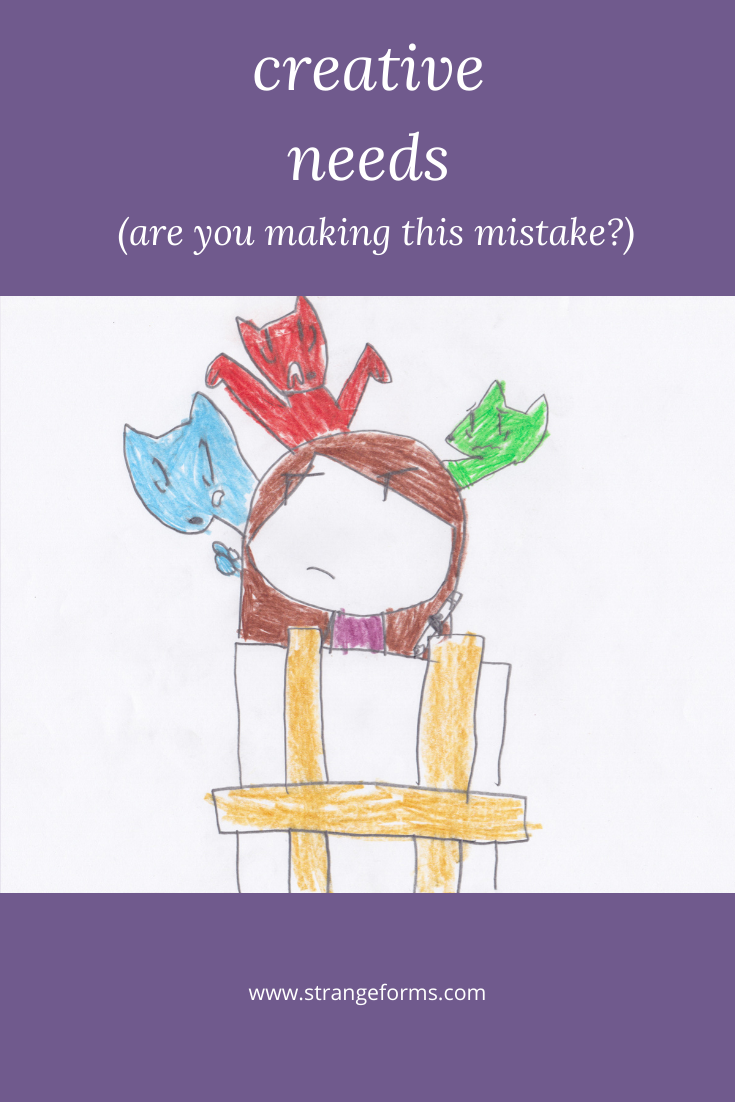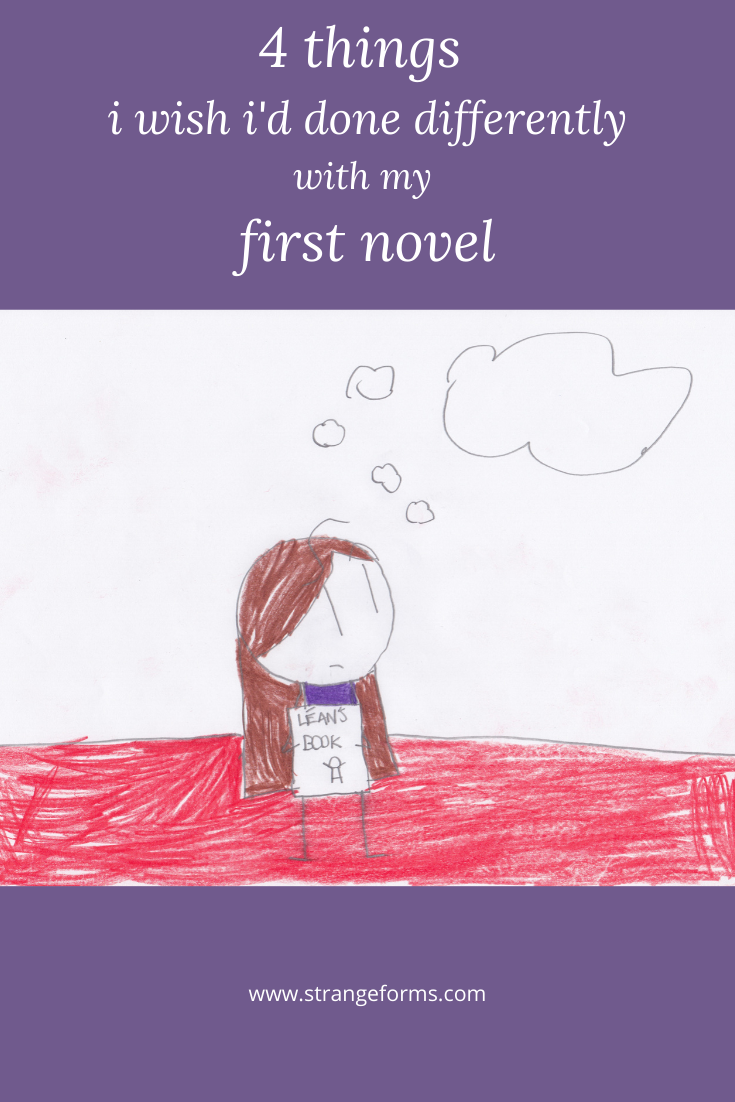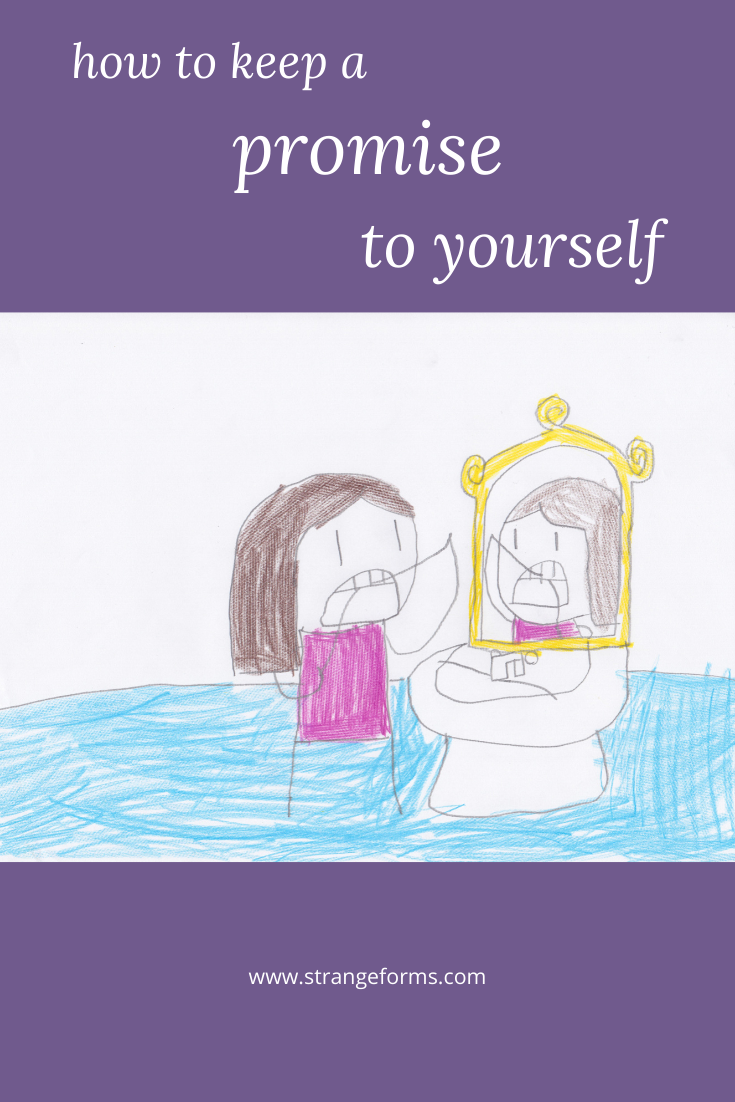What if you know exactly what you want to be doing. (In my case, making my art like an ant colony on speed. Your mileage may vary.)
What if you also know what specific project you want to be working on. And you don’t have any problem identifying your next step. And you even have the time – or the ability to make time – to do the work.
What if everything is in place … but you’re not. Bloody. DOING IT?
You, my dear, are experiencing resistance. And you may take it from me (…in common with, let’s face it, pretty much everyone else who writes about creativity): you’re not alone. If you make art, you will at one point or another have to figure out how to get past your own personal flavours of resistance.
You might have signed up for – possibly even completed – my free ecourse Reboot Your Creative Drive, which is all about getting your creative life back on track. The techniques I take you through in that course are flexible enough to adapt to a pretty wide range of circumstances. But what if you haven’t been able to bring yourself to try any?
Or worse – what if you’ve tried a few and you’re still stuck?
Action and mindset
Most of the techniques in Reboot Your Creative Drive are based on the principle that if you decide on a useful action and take it consistently, the mindset you’re looking for will develop naturally over time.
There’s some solid scientific evidence that this approach works, by the way. But there’s no particular reason why it should work for you, in your situation, today. People vary, and the headweasels don’t always read the scientific studies all the way through. (Sometimes – and I have this on good authority – they barely skim the abstracts.)
Taking action to produce a desired mindset is a tried and tested approach. That doesn’t mean it always works.
So try it in reverse
The sixth technique in Reboot Your Creative Drive is called “Learn to Make Art in a Filthy Kitchen”, and it’s all about MINDSET. Here’s an excerpt where I describe the exercise I ask readers to do for this technique:
Only you know exactly how you have been sidelining your creative work, and only you will be able to feel when you’re making a choice that shifts the pattern.
So here’s what you’re going to do: You’re going to find something tangible to hang the mindset shift on.
Using whatever method suits you best — journalling, going for a long walk, talking it over with a trusted listener — identify some everyday obligation that tends to serve as an internal argument against making your art.
Now, consider the proposition that it’s OK to do your creative work even though you also need to fulfil that obligation.
We often bury this whole internal debate so deep that it’s over before we’re even aware it’s begun. So start by simply noticing when it’s happening. Then, if you can manage it, consciously do some creative work either before or after fulfilling the obligation. Whatever you manage to do, celebrate. The shift has begun.
At time of writing, I’m still not dead, so I don’t actually know for certain if resistance is a lifelong thing. I’d like to think it will eventually fade (…at which point, I’ll start making my art, right? NO. WRONG WRONG WRONGITTY WRONG; do you even LISTEN to yourself?), but in the meantime, there are ways to engage with it, to draw its sting a little.
I hope you too engage with your resistance – and if the above technique appeals to you, give it a try.
Oh – one more thing…
There is another possibility that’s worth considering.
Could it be that you don’t want to do this project that you’re resisting? If I gave you permission … actually, let’s add some scare quotes to the “gave you” part there – because obviously, there’s no need for that to happen. You have permission. Always.
Anyway. Let’s say I (nominally) “gave you” permission to put this piece of work down and walk away, never go near it again … how would that feel? Get quiet and ask yourself this question – and try to be open to a surprising answer.
If you discover that the time has come to release this particular project, for now or forever, then do it. Do it now. Set it free. Walk away towards the next adventure with a full heart and a song on your lips.
If, on the other hand, you find that your project still accosts you with its necessity and vitality, still whispers at the edge of hearing, still itches just beyond reach, still calls to you from the dark inchoate space of pre-existence, then go to it.
Cleave to it.
Dance it all the way to the end of its journey, with love, with commitment, and with as much determination in the face of resistance as you can muster.
And look, let me know if I can help, yes?


